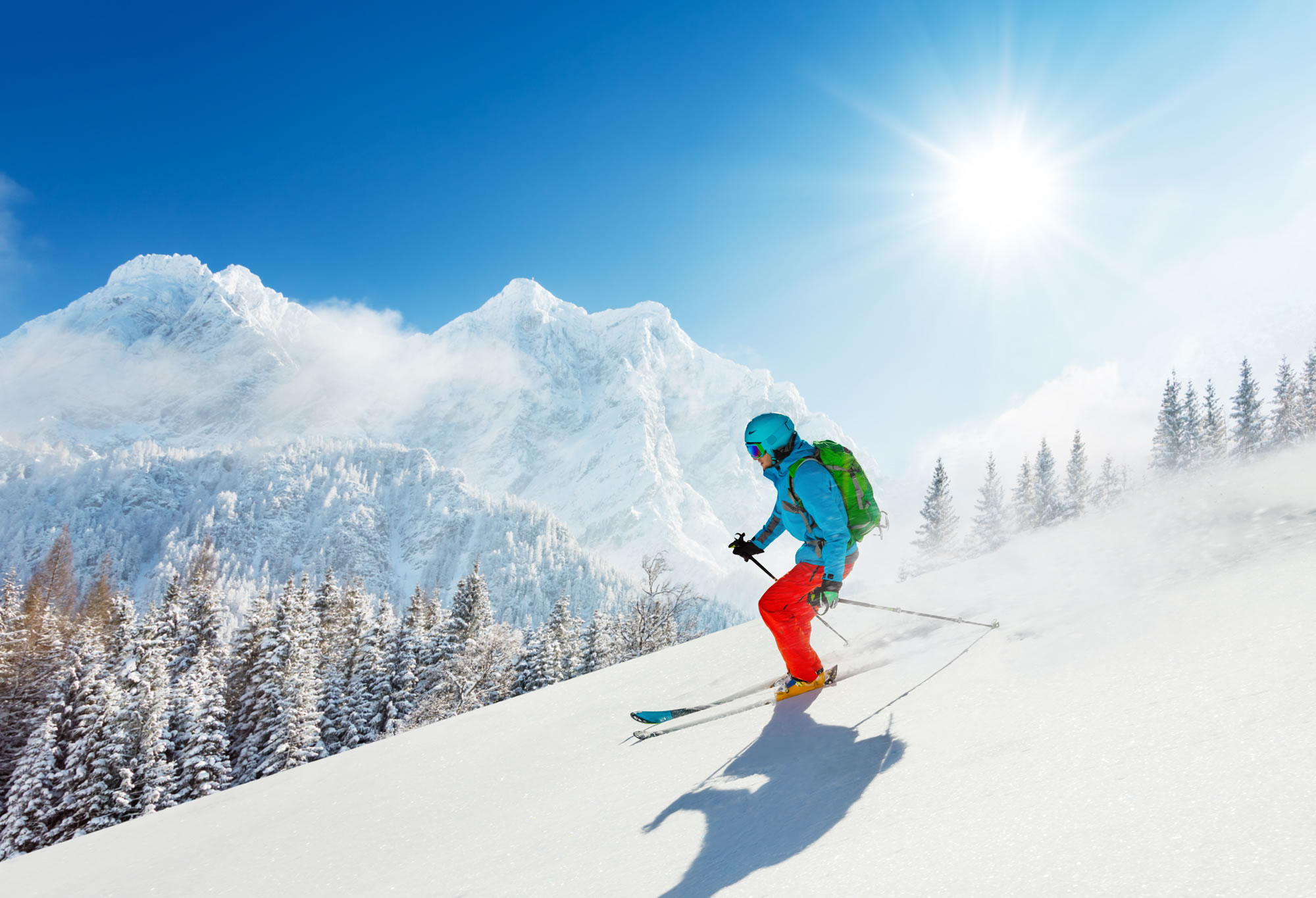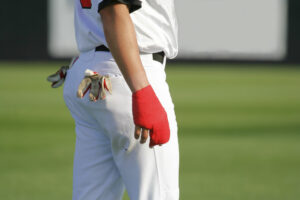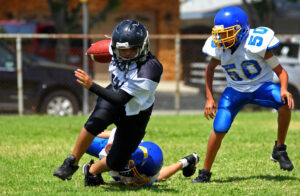From Whistler to Silverstar and all resorts and slopes in between, BC is a skier’s and snowboarder’s paradise. Unfortunately, all that shreddin’ and swooshin’ can lead to some severe injuries. Every year, over 5000 Canadians are seriously hurt in skiing and snowboarding accidents across the country. So whether you’re riding hard through 7th Heaven or gliding gently down the Cut, make safety your first priority on the mountain. Here’s how.
Before strapping your boots into the bindings, take a moment to familiarize yourself with the safety guidelines for your resort. Nearly every ski mountain in BC is a member of the Canada West Ski Areas Association (CWSAA) and they all operate under the Alpine Responsibility Code. Those are the ten rules you see posted on yellow signs all over ski areas, like the one below.
The Code is about staying in control, respecting others on the slopes, and respecting the resort’s staff, rules, trails, and equipment. Knowing your abilities and limitations is also vital to your safety and the safety of others.
In addition to following the Code, there are a few other things you can do to stay safe and have a great day on the slopes. Begin by making sure you have the right equipment with everything fitting properly and suited to your ability. Also see that your skis, boards, and bindings are tuned up and checked each season. A loose binding or a dull edge can hamper your ability to stop safely and quickly.
Always check the forecast before heading to the mountain and dress accordingly. And remember that conditions can change quickly. You may need to bundle up with water- or wind-resistant gear and multiple layers on one run, and then slather on the sunscreen on the next. Come prepared for different conditions and if you’re not comfortable or find yourself getting tired (heavy snow and icy runs can be exhausting), then take a break or simply call it a day.
And of course, wear a helmet. While not a guarantee of protection, studies show a significant decrease in the incidence and severity of head injuries while wearing a helmet.








